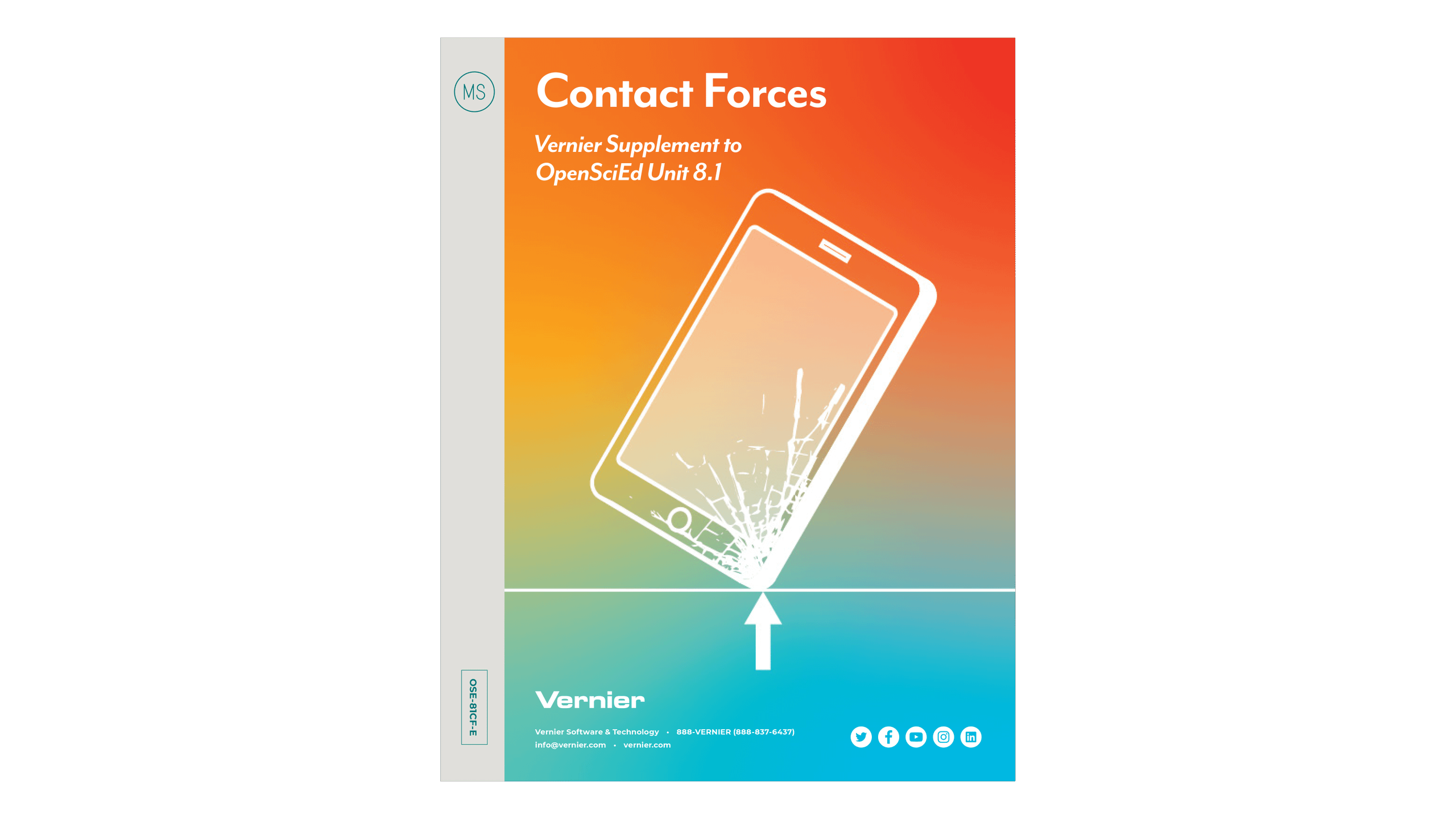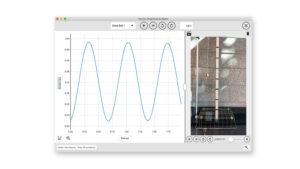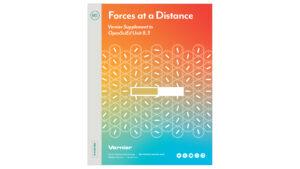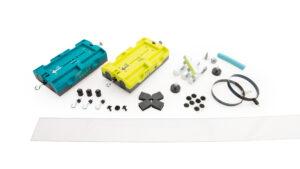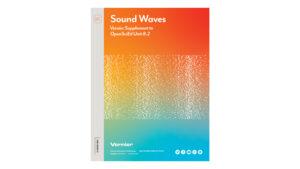Requirements
Our partnership with OpenSciEd gives middle school teachers access to free high-quality instructional materials that integrate our data-collection technology and align with the Next Generation Science Standards.
Follow the steps below to access your free PDFs and editable Google Docs for each lesson.
- Download the complete unit from OpenSciEd.
- Add the free Contact Forces Supplement to your Vernier shopping cart.
- Complete the order. You will receive an email with a download link.
- Follow the link to download the Contact Forces Supplement.
- Swap in the enhanced data-collection lessons for the OpenSciEd lessons.
Lessons
There are 16 lessons in OpenSciEd Unit 8.1: Contact Forces.
7 of the lessons are enhanced with Vernier data-collection technology and are included in the Vernier supplement. These 7 lessons use Vernier Graphical Analysis™ and the OpenSciEd Sensor Cart Package.
|
Lessons |
|
Vernier Technology Used |
|
|
Lesson 1: What happens when two things hit each other? |
|
|
|
|
Lesson 2: What causes changes in the motion and shape of colliding objects? |
|
OpenSciEd Sensor Cart Package |
|
|
Lesson 3: Do all objects change shape or bend when they are pushed in a collision? |
|
|
|
|
Lesson 4: How much do you have to push on any object to get it to deform (temporarily vs. permanently)? |
|
OpenSciEd Sensor Cart Package (optional) |
|
|
Lesson 5: How does changing the mass or speed of a moving object before it collides with another object affect the forces on those objects during the collision? |
|
OpenSciEd Sensor Cart Package |
|
|
Lesson 6: What have we figured out about objects interacting in collisions? How can we apply our new learning to answer questions about objects interacting in collisions? |
|
|
|
|
Lesson 7: How much does doubling the speed or doubling the mass affect the kinetic energy of an object and the resulting damage that it can do in a collision? |
|
OpenSciEd Sensor Cart Package |
|
|
Lesson 8: Where did the energy in our launcher system come from, and after the collisions where did it go to? |
|
|
|
|
Lesson 9: How do other contact forces from interactions with the air and the track cause energy transfers in the launcher system? |
|
OpenSciEd Sensor Cart Package |
|
|
Lesson 10: Why do some objects break or not break in a collision? |
|
|
|
|
Lesson 11: What can we design to better protect objects in a collision? |
|
|
|
|
Lesson 12: What materials best reduce the peak forces in a collision? |
|
OpenSciEd Sensor Cart Package |
|
Lesson 13: How (and why) does the structure of a cushioning material affect the peak forces produced in a collision? |
|
OpenSciEd Sensor Cart Package (optional) |
|
Lesson 14: How can we use our science ideas and other societal wants and needs to refine our designs? |
|
|
|
Lesson 15: How can we use what we figured out to evaluate another engineer’s design? |
|
|
|
Lesson 16 (optional): How can we market our designs to our potential investors? |
|
|

